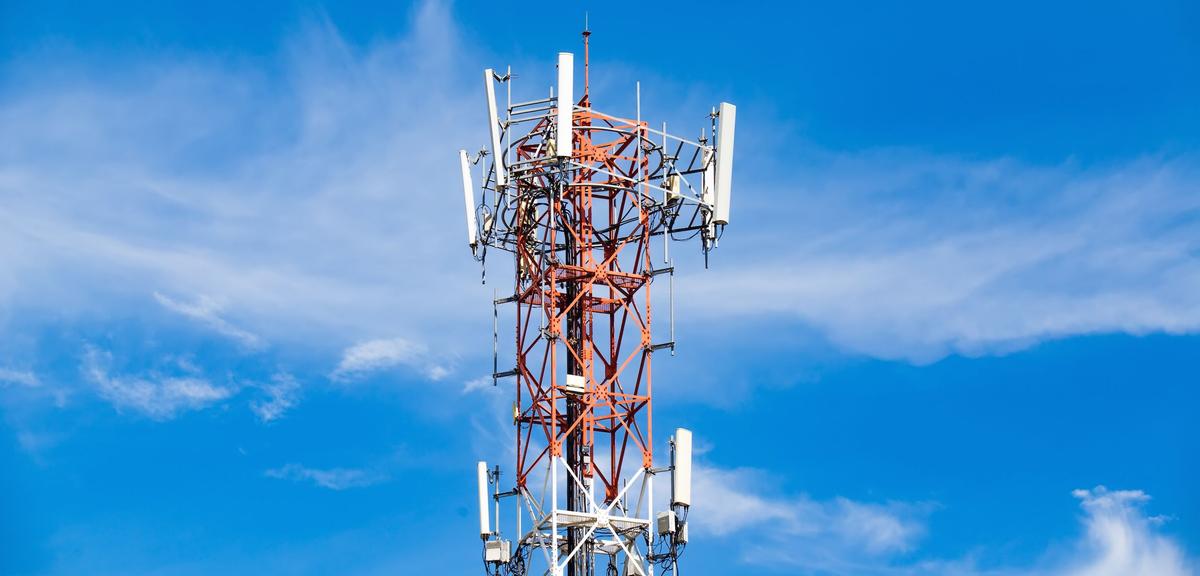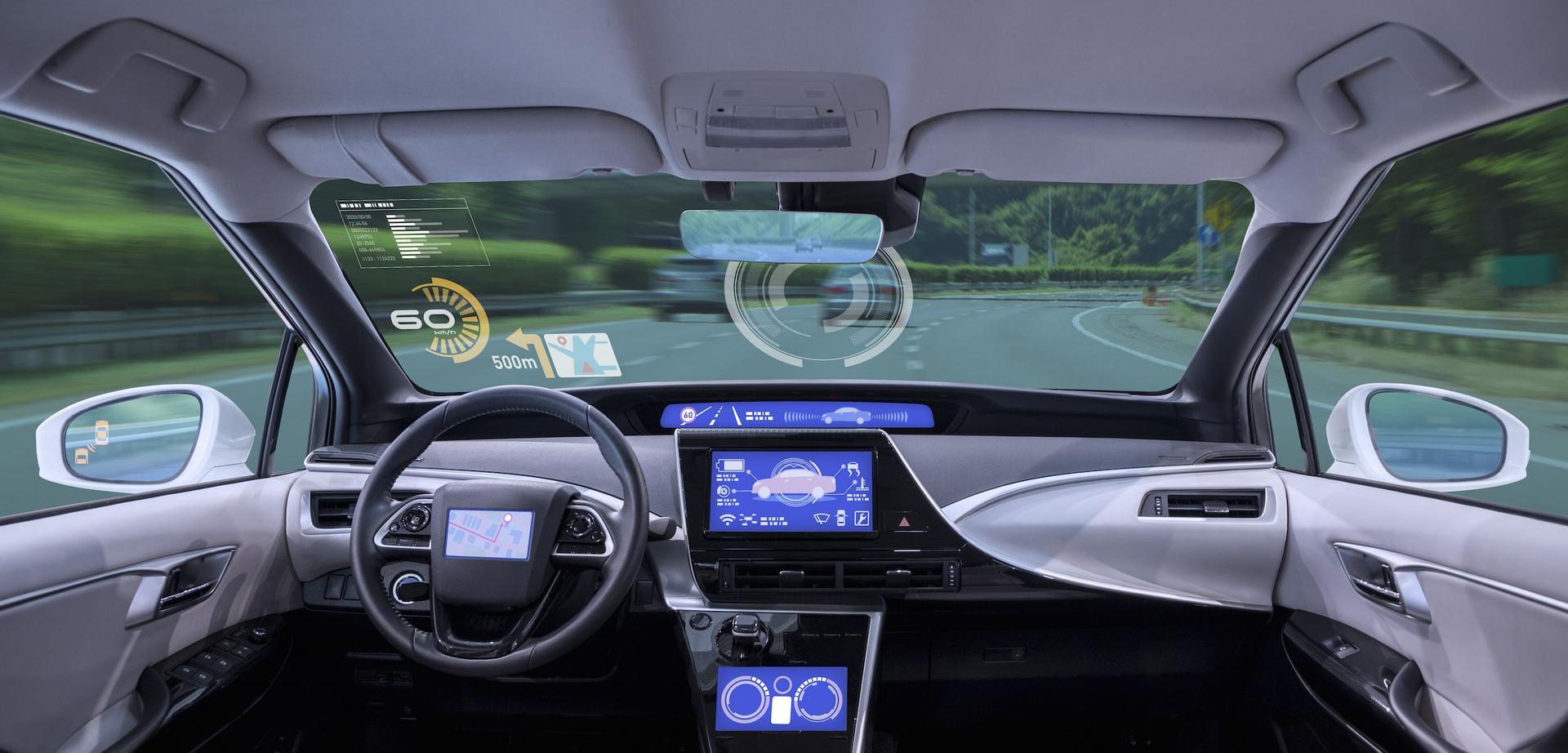5G: What It Is, When It’s Coming, and What It Means for Marketers
Published on January 27, 2017/Last edited on January 27, 2017/5 min read


Team Braze
If you’ve turned on a TV over the past few years, you’ve probably heard a commercial from a telecom company touting their 3G speeds or 4G coverage. Whatever “G” was being touted, it’s on the verge of becoming outdated. 5G is the next phase of the wireless technology, and it’s poised to change how Americans function on a day-to-day basis.
To get ready for these changes, marketers need to know what 5G is, why it’s important, and how the roll-out of 5G technology will impact the future of marketing. So let’s dive in!
What is 5G?
To start with, the “G” in 3G, 4G, and 5G stands for “generation,” and refers to the evolution of wireless technology. Technically 1G occurred with the advent of the wireless phone and 2G was the generation when we first were able to send text messages from one mobile phone to another. It wasn’t until the third generation (when we could call, text, and browse the internet with our phones) that people began adding a number to “G” to track the generations.
5G is set to change everything. Unlike previous generations, where a new functionality was added (for instance, Internet access), 5G’s biggest change will be speed and capacity. By significantly increasing how quickly data is transferred across wireless networks, 5G has the potential to be a game change, ushering in an early of unprecedented speed on mobile.
How Does 5G Work?
To understand 5G, we need to take a half-step back and review 4G LTE, which is less a technology and more a “path followed” to achieve 4G speeds. LTE, which stands for “long-term evolution,” was added to 4G by telcos as a marketing ploy after they originally failed to meet ITU-R minimum speeds for 4G. When ITU-R (a United Nations-linked oversight body) decided that LTE tech helped meet 4G speeds, the world got 4G LTE, which was sold to the public as a “next generation connection.”
So while 5G networks will use OFDM encoding, which is similar to what LTE uses, 5G will be designed for a much lower latency and more flexibility than LTE. According to PC Magazine, the new 5G network will use a wide range of frequencies, ranging from low-frequency ones once used by old TV channels to high-frequency options like so-called “millimeter wave, ” which are expected to be able to transmit unprecedented amounts of wireless of data, but only for a few blocks. To expand network capacity, 5G networks will likely be set up primarily as a network of small cells (similar to a home router) rather than leveraging large towers to send information over long distances.
What Does 5G Mean For Marketers?
The technical aspects of 5G, are interesting, but what marketers REALLY need to know is how 5G is going to change all of our lives in the coming years. The biggest shifts will likely be driven by what we can do with faster connections and greater capacity on wireless.
The Internet of Things

The Internet of Things (IoT) has been a hot topic of conversation within the tech community. But the reality is an entire world of connected devices would strain our current networks. If our cat videos are still buffering, how can we expect everyone’s connected home to work properly?
The increased adoption of IoT, supported by 5G speed, will provide marketers with a treasure trove of new data. All this data can be used, among other things, to better personalize messaging.
Virtual Reality

We’re already seeing a renewed interest in virtual reality. With Oculus, Samsung, and Google leading the way, virtual reality will soon be at the fingertips of the average enthusiast. It’s not an abstract, science fiction idea anymore, and 5G’s low latency is going to help virtual reality make that next step into mainstream popularity.
With 5G, wireless virtual reality will likely make it possible for marketers to leverage new, more robust messaging options, which could include video messaging or virtual reality messages sent directly to your smartphone.
Driverless Cars

Companies are betting big on driverless cars. Uber and Tesla are investing in self-driving cars while General Motors recently acquired the self-driving car startup, Cruise. But driverless cars are going to need a network that is lightning fast to reach their full potential. These vehicles won’t need to be connected in order to operate, but they will need to communicate with one another to support safer driving conditions in a driverless world.
Ubiquitous driverless cars means more people won’t be concentrating on the road, but rather on their smartphone. This increases the opportunities for marketers to connect with consumers, but will also force marketers to be more thoughtful with their messaging, since consumers will be more likely to suffer from messaging fatigue.
When will 5G arrive?
Current estimates expect 5G’s roll-out to begin in 2018 and to reach full commercial scale in 2019-2020. So we’re close—but not quite there yet. But while 2018 may seem a ways off, it’s never too early to start thinking about the possibilities that will come with 5G connectivity and how that’s going to impact our not-so-distant lives.
Releated Content
View the Blog
The new inbox reality: How iOS changes are reshaping email marketing

Aparna Prasad

Experience optimization: Turning data insights into better journeys

Team Braze

December 2025 Bonfire Marketer of the Month: Jagex’s Emma Oliver
